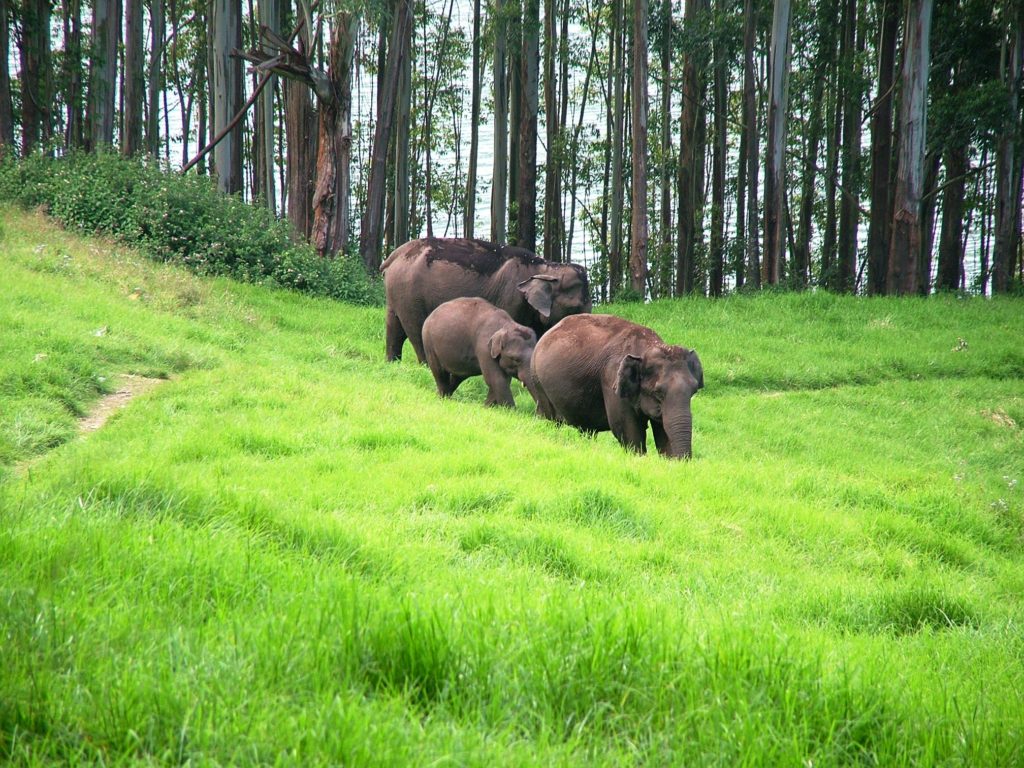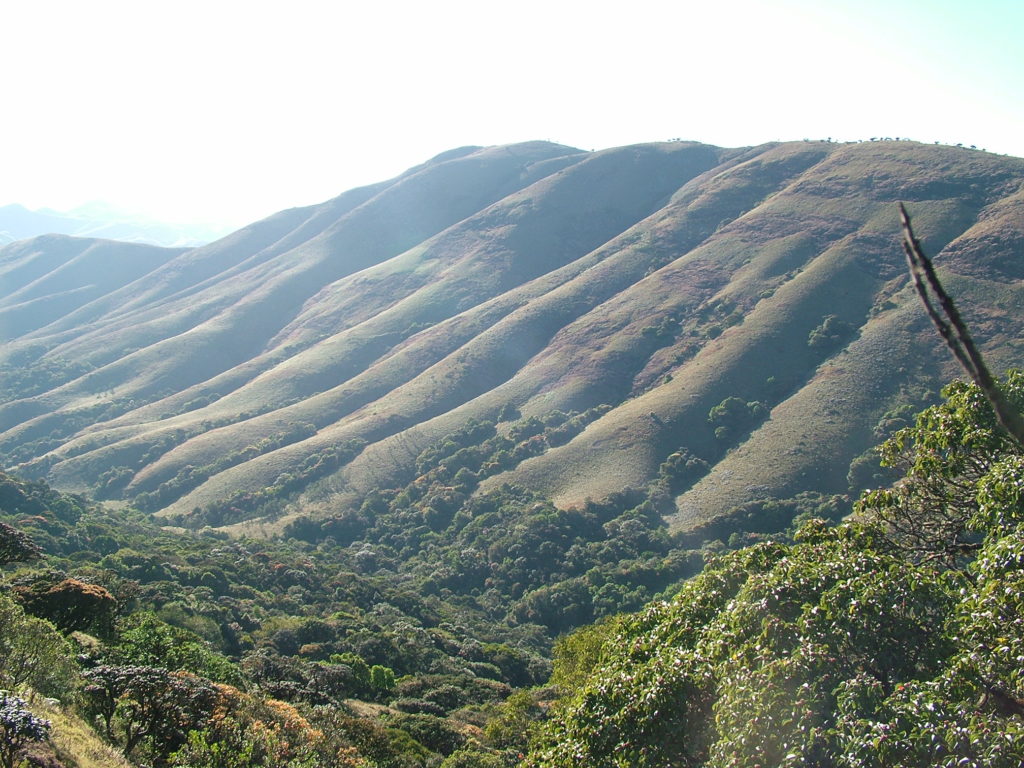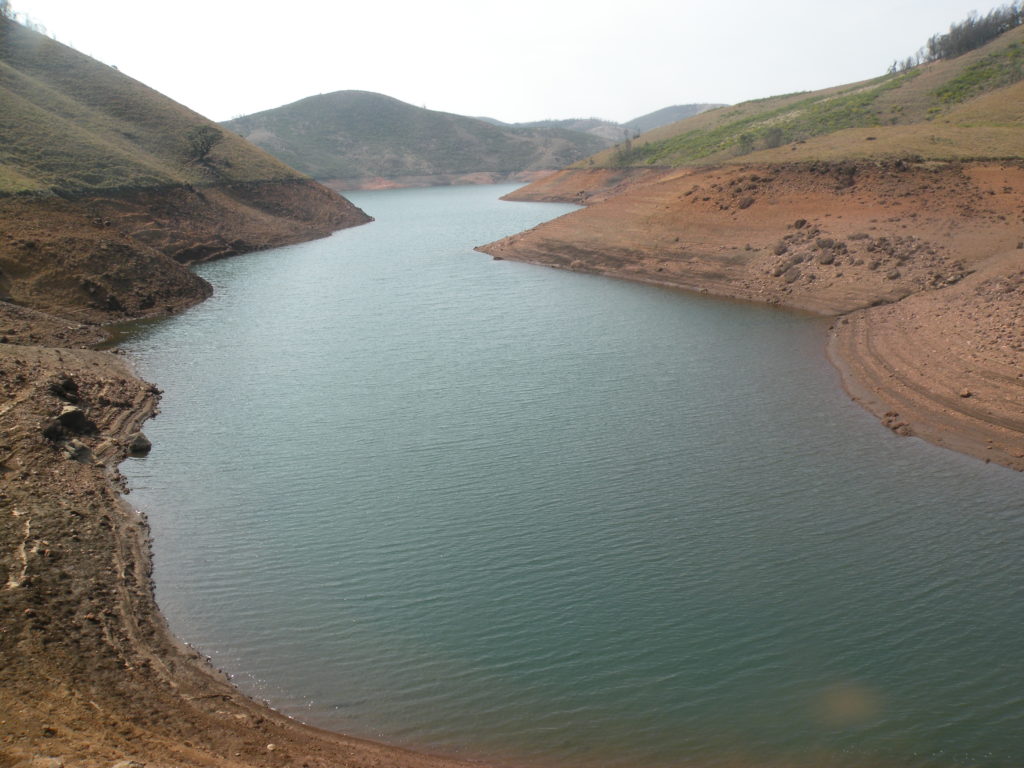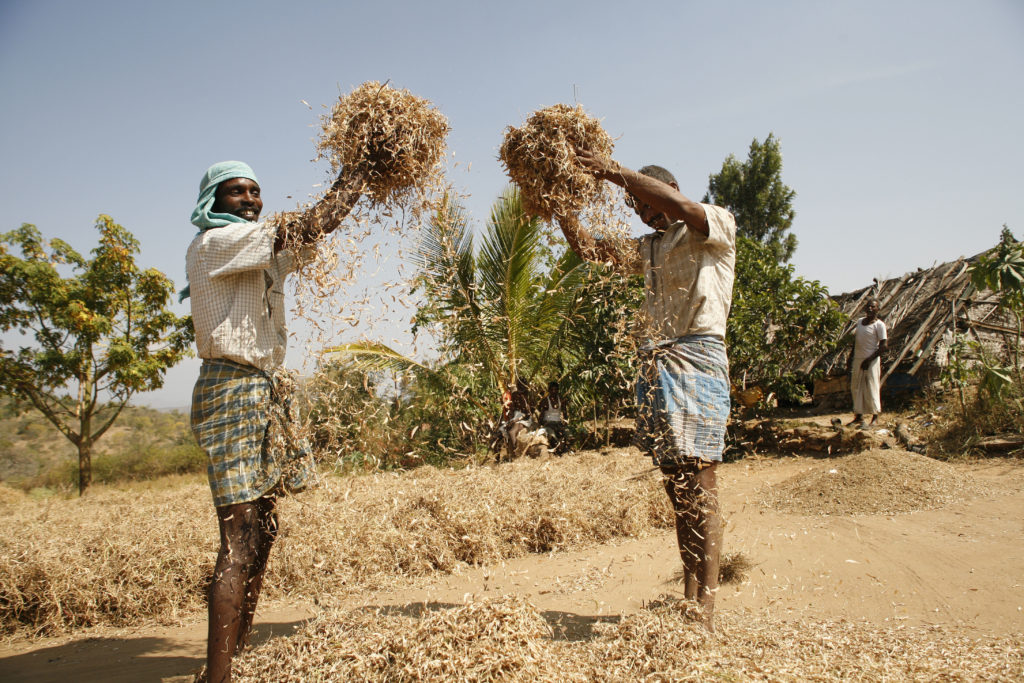Biodiversity
Western Ghats The Western Ghats is a biodiversity hotspot in India and considered on of the eight ‘hottest hot spots’ in the world. It comprises six different states (Goa, Gujarat, Maharashtra, Kerala, Karnataka, and Tamil Nadu), within which includes 52 districts and stretches over 1500km with a break only for 30 km at the Palghat Gap. What makes this natural stretch considered a biodiversity hotspot (of which there are 25 in the world) is the fact it has a unique and rich assemblage of flora and fauna. For instance, there are hundreds of endemic species in the Western Ghats, meaning these species are found nowhere else in the world, not even the other parts of India. The Western Ghats also plays a crucial role in the both the biophysical and ecological processes within the entirety of the peninsular part of India. When the monsoons start rolling in the Western Ghats act as a barrier and intercept the rain-laden storms, thereby mediating the tropical climate. With regards to plants, the Western Ghats have been described by Hooker in 1904 as the ‘Malabar’ floristic region. This is partly due to the fact that the Western Ghats has a wide variety of ecosystems: dry deciduous forest,…
Read more…








